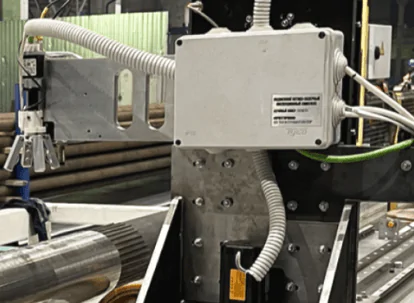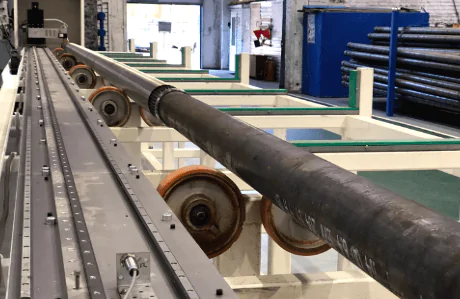Warning: Undefined array key 0 in /home/san2653607/sandcontrollab.com/docs/wp-content/plugins/elementor-pro/modules/dynamic-tags/acf/tags/acf-image.php on line 40
Warning: Undefined array key 1 in /home/san2653607/sandcontrollab.com/docs/wp-content/plugins/elementor-pro/modules/dynamic-tags/acf/tags/acf-image.php on line 40








